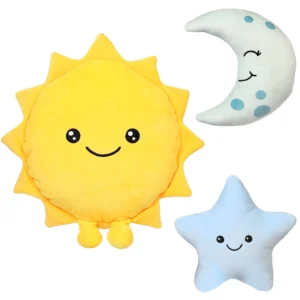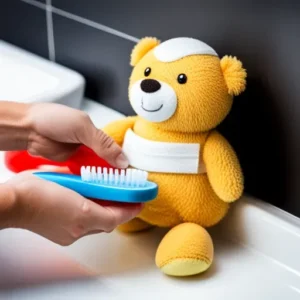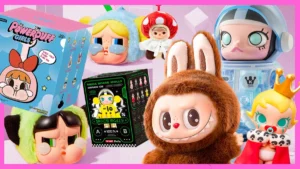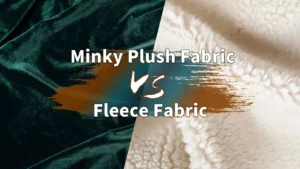When you pick up a stuffed toy, what makes it so irresistibly soft and comforting? Is it just the fluffy filling inside, or does the fabric itself play an even bigger role? Choosing the right fabric for stuffed toys isn’t just about softness — it affects durability, safety, environmental impact, and even how the toy feels in the hands of children and collectors alike.
In short, the best fabric for stuffed toys balances softness, durability, safety, and sustainability. Common choices include polyester plush, minky, velboa, and organic cotton blends, each offering unique benefits tailored for different needs and budgets.
Imagine a child clutching their favorite teddy bear that’s been passed down for generations — the fabric not only holds memories but also protects and preserves the toy’s charm. Curious about how fabric choices shape the quality and experience of plush toys? Let’s dive deep into this soft yet complex world.
1.What Types of Fabrics Are Commonly Used in Stuffed Toys?

Stuffed toys primarily use fabrics like polyester plush, minky, velboa, and cotton blends, each known for their softness and durability.
Common Plush Toy Fabrics Explored
- Polyester Plush: This is the classic material for stuffed toys—soft, affordable, and easy to produce. It’s durable and resistant to wear, making it a top choice for mass production. However, it’s synthetic and less eco-friendly.
- Minky Fabric: Known for its super-soft texture and slight stretch, minky is favored for premium toys. It has a velvety feel and excellent color retention but tends to be pricier.
- Velboa Fabric: A short-pile faux fur, velboa balances softness and affordability. It’s often used for parts of toys requiring a smooth texture with some fuzz, like faces or ears.
- Cotton Blends and Organic Cotton: These offer a natural feel and breathability. Organic cotton is ideal for eco-conscious consumers but can be less plush and more prone to wear.
- Fleece and Other Specialty Fabrics: Fleece is warm and soft but less common. Some toys use specialized fabrics embedded with antimicrobial properties or other innovations.
Each fabric serves different markets and price points. The choice depends on target customers, durability needs, and aesthetic goals.
| Fabric Type | Description | Key Features | Pros | Cons | Typical Use |
|---|---|---|---|---|---|
| Polyester Plush | Classic material, soft, affordable, easy to produce | Durable, wear-resistant | Cost-effective, widely available | Synthetic, less eco-friendly | Mass-produced stuffed toys |
| Minky Fabric | Super-soft texture with slight stretch, velvety feel | Excellent color retention | Premium feel, very soft | More expensive | High-end or premium stuffed toys |
| Velboa Fabric | Short-pile faux fur, smooth texture with some fuzz | Balanced softness and affordability | Soft yet affordable | Less plush than minky | Toy parts like faces, ears |
| Cotton Blends / Organic Cotton | Natural feel, breathable | Eco-friendly options | Breathable, natural fibers | Less plush, prone to wear | Eco-conscious and natural product lines |
| Fleece / Specialty Fabrics | Warm, soft, sometimes antimicrobial or innovative fabrics | Specialty uses | Soft, unique features | Less common | Specialized or therapeutic toys |
2.Which Fabric Properties Matter Most for Stuffed Toys?
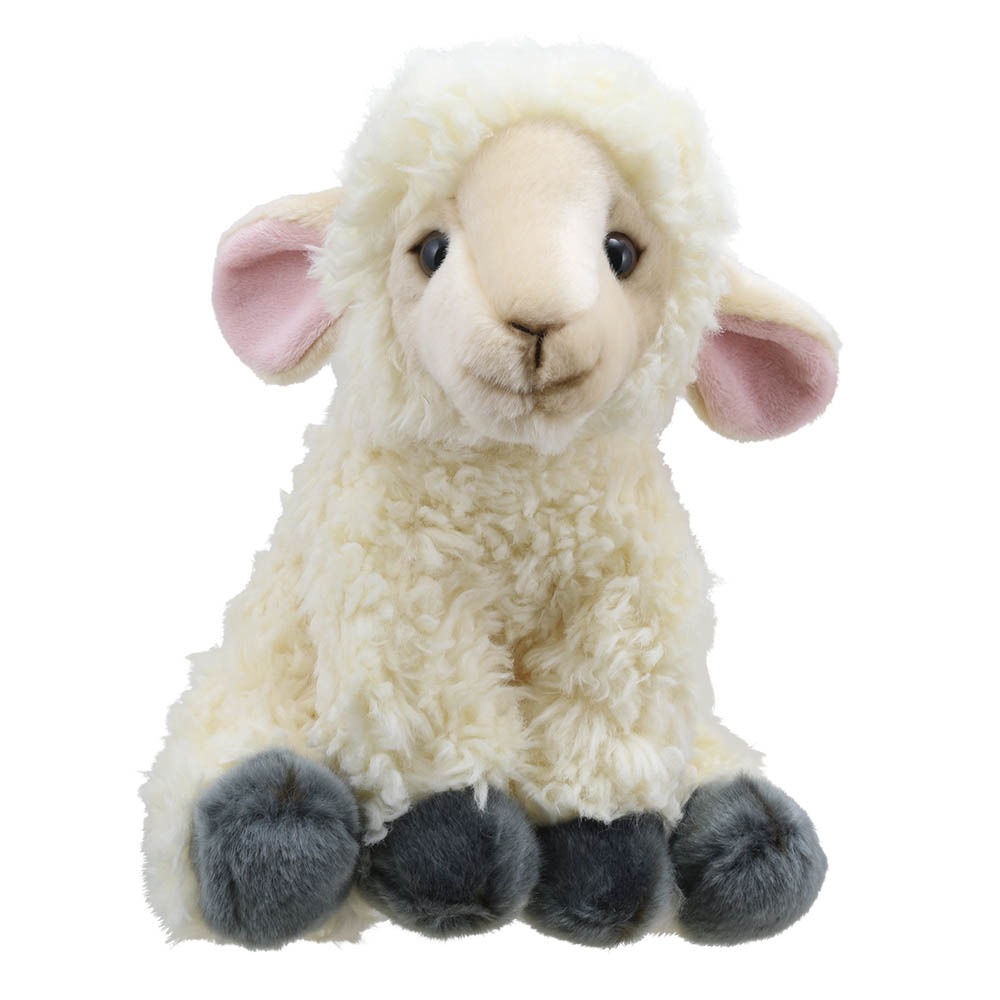
Key fabric properties include softness, durability, safety, breathability, and hypoallergenic features, all essential for quality plush toys.
Critical Fabric Characteristics to Consider
- Softness & Texture: The tactile feel drives comfort and appeal. Fabrics like minky or high-quality polyester plush excel here. Texture also affects how the toy ages.
- Durability: Toys endure hugs, washing, and play. Fabrics must resist pilling, tearing, and color fading. Polyester blends generally score well, while natural fibers may wear faster.
- Safety Compliance: Fabrics must be free from harmful chemicals, flame retardants, and meet regulatory standards such as CPSIA in the US or EN71 in Europe.
- Breathability: Breathable fabrics reduce moisture buildup inside the toy, helping prevent mold and odor, particularly important for children’s toys.
- Hypoallergenic Properties: Essential for sensitive users, some fabrics naturally resist allergens; others can be treated to improve safety.
- Ease of Cleaning: Toys get dirty—fabrics that hold up well to washing without damage maintain product longevity.
Balancing these properties often requires trade-offs. For example, synthetic fabrics may be durable but less breathable, while natural fabrics are breathable but less tough.
| Fabric Property | Description | Importance for Stuffed Toys | Notes / Trade-offs |
|---|---|---|---|
| Softness & Texture | The tactile feel that drives comfort and appeal | Critical for user experience and toy attractiveness | Minky and high-quality polyester plush excel |
| Durability | Resistance to pilling, tearing, and color fading | Ensures toy longevity through use and washing | Polyester blends are durable; natural fibers wear faster |
| Safety Compliance | Free from harmful chemicals and meets standards like CPSIA, EN71 | Essential for user safety and market acceptance | Must comply with regulations across markets |
| Breathability | Ability to reduce moisture buildup, preventing mold and odor | Important for hygiene and comfort | Synthetic fabrics less breathable than natural |
| Hypoallergenic | Resistance to allergens or treated to minimize allergic reactions | Necessary for sensitive users and infants | Some fabrics naturally hypoallergenic, others treated |
| Ease of Cleaning | Ability to withstand washing without damage | Maintains toy quality and appearance | Durable synthetics usually easier to clean |
3.How Do Sustainable Fabrics Compare to Traditional Materials?
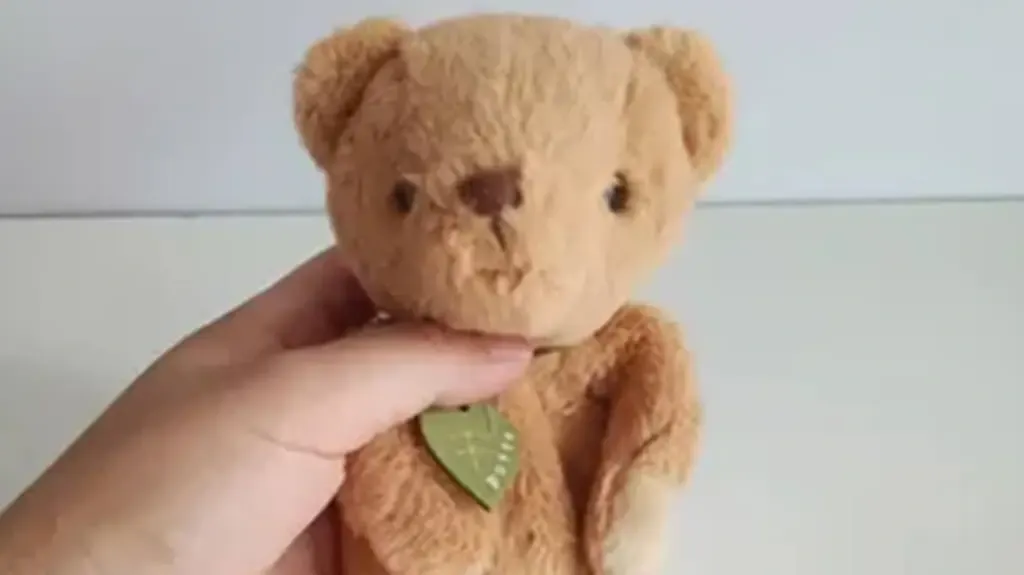
Sustainable fabrics like organic cotton and recycled polyester offer eco-friendly alternatives but sometimes trade off softness or cost-efficiency.
Sustainability in Plush Toy Fabrics
- Organic Cotton: Grown without harmful pesticides, organic cotton reduces environmental impact and appeals to eco-conscious buyers. However, it’s generally pricier and less plush than synthetics.
- Recycled Polyester: Made from post-consumer plastic bottles, recycled polyester helps reduce plastic waste. It retains softness and durability but can sometimes smell synthetic or have texture variations.
- Biodegradable Fibers: Some manufacturers experiment with fibers like bamboo or Tencel, which decompose faster than synthetic fibers but may lack durability.
- Lifecycle Analysis: Comparing carbon footprint, water usage, and waste generation shows sustainable fabrics can significantly reduce environmental impact, aligning with brand values focused on sustainability.
- Consumer Preferences: Increasingly, customers demand “green” products, but price sensitivity and performance expectations mean sustainable fabrics must balance eco-benefits with functionality.
Adopting sustainable fabrics can elevate brand reputation but requires careful material selection and supply chain management to maintain quality.
| Sustainable Fabric | Description | Benefits | Challenges / Trade-offs | Typical Use / Notes |
|---|---|---|---|---|
| Organic Cotton | Grown without harmful pesticides, eco-friendly | Reduced environmental impact, natural feel | Pricier, less plush than synthetics | Appeals to eco-conscious buyers |
| Recycled Polyester | Made from post-consumer plastic bottles | Softness and durability retained, reduces plastic waste | May have synthetic smell, texture variations | Popular eco-friendly alternative to virgin polyester |
| Biodegradable Fibers | Fibers like bamboo or Tencel that decompose faster | Faster decomposition, eco-friendly | Generally less durable | Experimental or niche use |
| Lifecycle Analysis | Assessment of carbon footprint, water use, and waste | Helps quantify environmental benefits | Requires detailed supply chain data | Supports brand sustainability claims |
| Consumer Preferences | Growing demand for green products balanced with cost and performance expectations | Drives market demand for sustainable fabrics | Price sensitivity, functional compromises | Important factor in product development decisions |
4.What Safety Standards Should Fabrics Meet for Stuffed Toys?
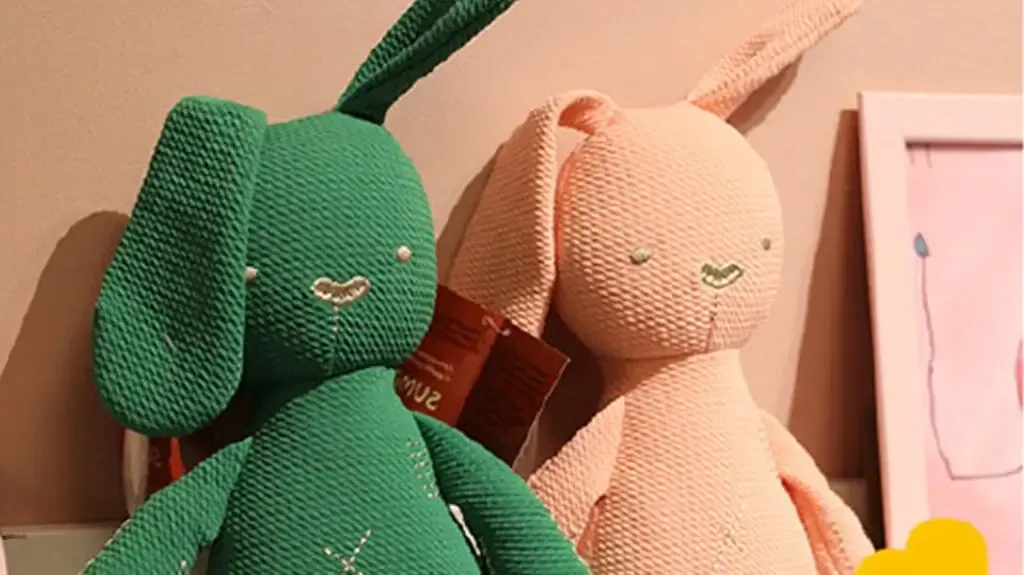
Stuffed toy fabrics must comply with safety standards like CPSIA, EN71, and ASTM to ensure non-toxicity, flame resistance, and hypoallergenic qualities.
Navigating Toy Fabric Safety Regulations
- US CPSIA (Consumer Product Safety Improvement Act): Limits on lead, phthalates, and other harmful chemicals in toy materials.
- European EN71 Standard: Governs mechanical, chemical, and flammability safety for toys sold in Europe.
- Flammability Requirements: Fabrics must resist catching fire easily, especially for children’s products.
- Testing for Heavy Metals & Allergens: Ensures fabrics don’t cause allergic reactions or poisoning risks.
- Certification Processes: Third-party labs test fabrics and finished toys to verify compliance, often a prerequisite for entering major markets.
- Ongoing Quality Control: Continuous monitoring during production to avoid contamination or use of substandard fabrics.
Understanding and adhering to these standards is vital for manufacturers to gain trust and sell internationally.
| Safety Standard / Aspect | Description | Importance | Notes |
|---|---|---|---|
| US CPSIA (Consumer Product Safety Improvement Act) | Limits harmful chemicals like lead and phthalates in toy materials | Ensures safety for children, mandatory in US | Applies to all toys sold in the US market |
| European EN71 Standard | Regulates mechanical, chemical, and flammability safety for toys in Europe | Critical for market access in EU countries | Includes testing for choking hazards, toxicity |
| Flammability Requirements | Fabrics must resist ignition and slow flame spread | Prevents fire hazards, especially for children | Different thresholds may apply by region |
| Testing for Heavy Metals & Allergens | Ensures fabrics do not contain toxic metals or cause allergic reactions | Protects sensitive users and complies with laws | Requires lab testing and certification |
| Certification Processes | Third-party lab testing of raw fabrics and finished toys | Validates compliance, builds buyer confidence | Often required by retailers and importers |
| Ongoing Quality Control | Regular monitoring during production to maintain standards | Prevents contamination, ensures consistent quality | Essential for maintaining compliance long-term |
5.How Can Fabric Choice Influence the Design and Functionality of Stuffed Toys?
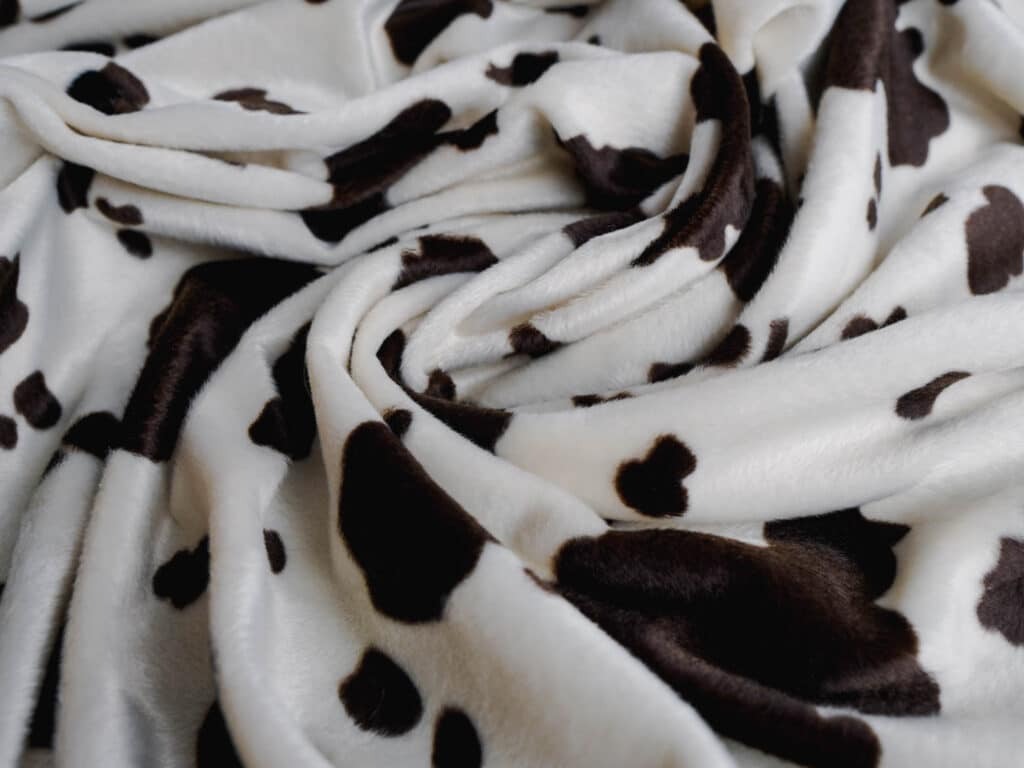
Fabric selection affects not only aesthetics and tactile appeal but also durability, washability, and target user demographics.
The Impact of Fabric on Toy Design
- Appearance & Color Vibrancy: Fabrics like minky and velboa hold dyes better, allowing vivid colors and intricate patterns.
- Texture Variety: Different fabrics can create unique tactile zones (e.g., smooth faces, fuzzy bodies), enriching sensory experience.
- Durability vs. Softness Trade-Offs: Designers must balance a soft feel with toughness to withstand play, especially for kids.
- Washability & Maintenance: Some fabrics are machine washable without damage; others require gentle hand washing.
- Suitability for Age Groups: Baby toys often use hypoallergenic, ultra-soft fabrics, while collector plush might emphasize premium materials and intricate textures.
- Customization Potential: Innovative fabrics allow embroidery, printing, or special finishes, enabling personalized or themed toys.
Fabric choice can make or break customer satisfaction and brand reputation, emphasizing its strategic importance.
| Design Aspect | Description | Impact on Stuffed Toys | Notes |
|---|---|---|---|
| Appearance & Color Vibrancy | Fabrics like minky and velboa retain dyes well, enabling vivid colors and detailed patterns | Enhances visual appeal and marketability | Important for eye-catching, themed, or branded toys |
| Texture Variety | Different fabrics provide tactile contrast (e.g., smooth vs. fuzzy areas) | Enriches sensory experience and user engagement | Useful in sensory or educational toys |
| Durability vs. Softness | Balance between a soft touch and toughness to withstand handling and washing | Affects longevity and playability | Key consideration for children’s toys |
| Washability & Maintenance | Some fabrics withstand machine washing; others need gentle care | Influences product lifespan and customer satisfaction | Machine washable preferred by many parents |
| Suitability for Age Groups | Baby toys often require hypoallergenic, ultra-soft fabrics; collectors prefer premium textures | Ensures safety and meets specific consumer needs | Tailoring fabric to demographics boosts sales |
| Customization Potential | Ability to support embroidery, printing, and special finishes | Enables personalization and brand differentiation | Critical for limited editions and licensing agreements |
6.Are There Emerging Innovations in Plush Toy Fabrics?
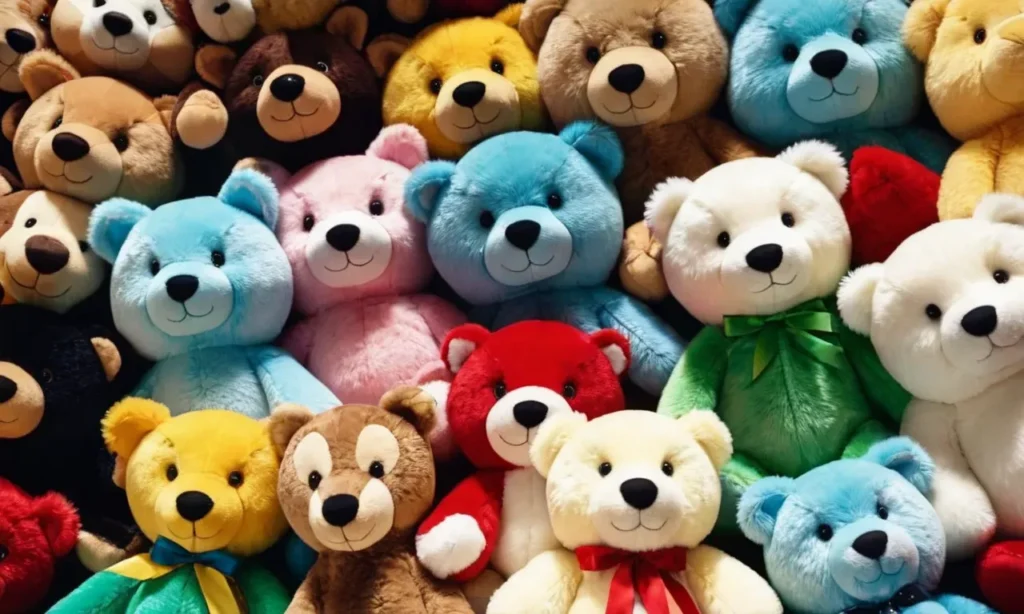
New technologies like antimicrobial fabrics, smart textiles, and recycled blends are reshaping the plush toy industry for enhanced safety and sustainability.
Innovations Driving Plush Fabric Future
- Antimicrobial Fabrics: Treated or inherently resistant to bacteria and fungi, reducing odor and prolonging toy freshness.
- Smart Textiles: Incorporate sensors or responsive materials for interactive toys (e.g., temperature or touch-sensitive).
- Recycled & Bio-Based Blends: Combining performance with eco-friendliness, these fabrics meet growing consumer demands.
- Enhanced Durability Treatments: Special coatings improve resistance to staining, tearing, and fading.
- Sensory & Therapeutic Fabrics: Textures designed for sensory stimulation or calming effects, used in therapeutic toys.
- Supply Chain Integration: Innovations also include better traceability and certification processes, ensuring ethical sourcing.
Keeping pace with these advances allows manufacturers to differentiate their products and appeal to new market segments.
| Innovation Type | Description | Benefits | Impact on Plush Toys |
|---|---|---|---|
| Antimicrobial Fabrics | Fabrics treated or naturally resistant to bacteria and fungi | Reduces odor, prolongs freshness | Enhances hygiene and toy lifespan |
| Smart Textiles | Incorporate sensors or responsive materials (e.g., temperature or touch sensitivity) | Enables interactive, tech-enhanced toys | Opens new play and educational possibilities |
| Recycled & Bio-Based Blends | Fabrics combining eco-friendly materials with performance | Meets consumer demand for sustainability | Supports green branding and market appeal |
| Enhanced Durability Treatments | Special coatings improve resistance to stains, tears, and fading | Increases longevity and maintains appearance | Reduces product returns and complaints |
| Sensory & Therapeutic Fabrics | Textures designed for sensory stimulation or calming effects | Useful in therapeutic and educational toys | Expands product functionality and target markets |
| Supply Chain Integration | Improved traceability and certification for ethical sourcing | Ensures transparency and compliance | Builds consumer trust and meets regulatory demands |
Ready to Customize Your Perfect Plush Toy?
Choosing the right fabric is just the first step toward creating a stuffed toy that delights customers and stands the test of time. At Kinwin, we combine cutting-edge materials, expert craftsmanship, and sustainable practices to bring your plush toy ideas to life. Whether you want ultra-soft organic cotton, vibrant minky, or innovative antimicrobial fabrics, we’re here to help.
Contact Kinwin today for a custom consultation and sample development — let’s make your perfect plush toy a reality!




